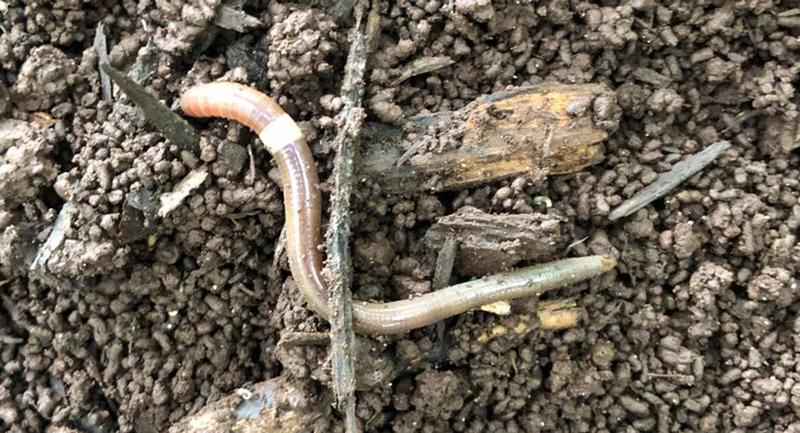Stop the invasive jumping worm from spreading

[Doug Dirks via University of Minnesota]
The University of Minnesota is asking for the public’s help in stopping the spread of jumping worms. According to the U, the highly invasive jumping worm can damage soil and gardens. It has spread across several Midwestern states, including Minnesota.
Researchers say as we return to outdoor activities like gardening and fishing, we should keep an eye out for the invasive species which can hide in new mulch, in composting worms, or mixed with bait bought by anglers. Researchers say now is the time to check what type of worms you are using.
“Jumping worms are earthworms that look and act a little different than the European earthworms we have grown up with. These worms live in the top six inches of soil and are voracious eaters of organic materials,” said University of Minnesota Duluth professor Ryan Hueffmeier. “Through their feeding and burrowing behaviors, they turn the topsoil into loose granular soil that can be easily eroded and does not support plant life well. Because of their ability to clone themselves, just one jumping worm can start a population, which makes them a difficult species to manage.”
According to the EDDMapS distribution website, jumping worms have been documented in the southeast portion of the state, through the metro area and as far north as the St. Cloud area. Visit map.
Everyone is encouraged to check worms used for bait or to make sure worms used in gardening compost are not jumping worms.
“Jumping worms move less like a worm and more like a snake. They forcefully thrash around when disturbed. They have setae, or tiny hairs, that cover each segment entirely, unlike European earthworms that have only eight setae around each segment,” Hueffmeier said. “Jumping worms can shed their tail when disturbed and the severed tail will keep wiggling as the worms move away from danger."
Hueffmeir said you can also look at your soil, which will look noticeably different if invasive jumping worms are present. "The way these worms move their bodies in soil makes it a coffee ground texture that washes away easily,” Hueffmeier continued.
Find out more about jumping worms on the Minnesota DNR’s website and the Jumping Worm Project.